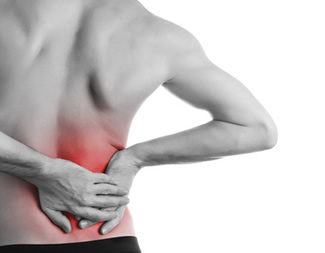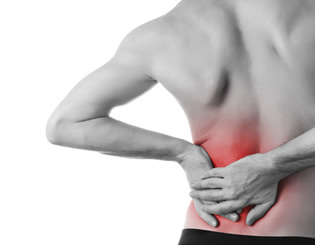
Ankylosing spondylitis is a lifelong autoimmune disease — and form of arthritis — that causes inflammation, pain, and stiffness mainly in the spinal joints. Marek Drzazga, Physical Therapist, Total Health Systems

There is great importance to exercise for patients of ankylosing spondylitis; it is one of the foundations for managing the pain associated with the condition, and maintaining mobility and strength.
Exercise is an integral part of any spondylitis program. Fitting exercise into your day can be tough, but it needs to be done. Exercise is such a high priority that you must make time for it each day (even 5-10 minutes during a work break is helpful). If you do, many benefits will follow from your efforts. A spondylitis exercise program will help you maintain good posture, flexibility and eventually help to lessen pain.
In many cases, good posture and mobility can even be regained with proper doses of medicine and proper exercise. Most people with spondylitis say they feel much better after exercise.
It is wise to consult your physician about the possibility of you beginning a workout program. We also advise that you find a qualified physical therapist to help you develop an exercise program that will help focus on building proper muscles and diminishing some of the associated pain. The exercise regime from the physical therapist will also help with the postural issues. Learning specific exercises that will help with the mobility, flexibility, and strength of the affected muscles will keep the individual sufferer in a much stronger state to combat this often painful debilitating condition.
In addition to participating in physical therapy, some patients find relief from special support devices. Although they do not help in treating the disease, they may help maintain the posture or position achieved through physical therapy. These include: lumbar supports (e.g., lumbar support pillows), back braces, support mattresses.
References:
http://www.ncbi.nlm.nih.gov
http://ankylosingspondylitisinfo.com
http://www.spine-health.com
